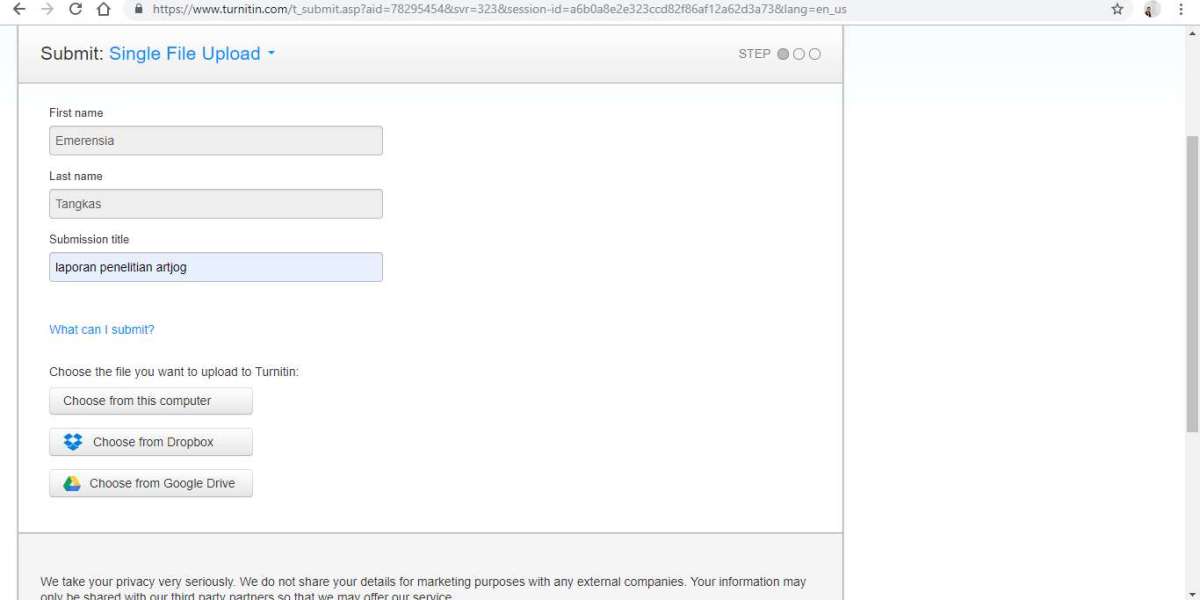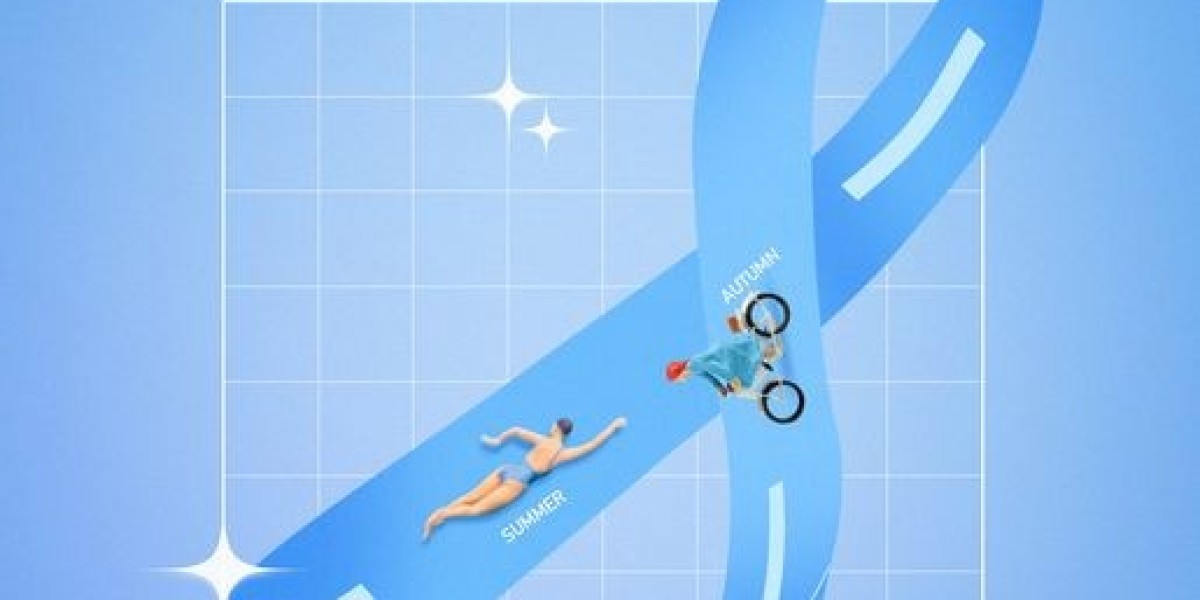The rise of the digital classroom has brought fantastic opportunities for learning, but also challenges in maintaining academic integrity. Turnitin plagiarism checker address this concern by offering a valuable tool for educators in the online space.
Here's how Turnitin contributes to a more honest learning environment:
- Efficient Detection: Turnitin scans submitted work against a massive database of sources, including academic journals, publications, and websites. This comprehensive check helps identify potential plagiarism quickly and effectively.
- Detailed Reports: Beyond a simple score, Turnitin provides detailed reports that pinpoint areas of similarity in the submitted work. This allows instructors to investigate further and offer specific feedback to students.
- Promoting Originality: By highlighting potential plagiarism, Turnitin acts as a deterrent. Students become aware of proper citation practices and the importance of original thought.
- Fostering Learning: Turnitin's Feedback Studio integrates plagiarism checks with feedback tools. This allows instructors to not only identify plagiarism but also guide students towards proper referencing and improved writing skills.
However, it's important to remember that Turnitin is a tool, not a silver bullet. Here's a balanced approach:
- Clear Communication: Educators should clearly outline expectations regarding plagiarism and proper citation.
- Focus on Learning: The goal should be to cultivate critical thinking and original research, not just catching plagiarism.
- Variety in Assessments: Incorporate diverse assessment methods that go beyond traditional essays to discourage a reliance on copying.
By combining Turnitin with clear communication, a focus on learning, and varied assessments, educators can create a strong foundation for academic integrity in the digital classroom.
Beyond Turnitin: A Multi-Faceted Approach
While Turnitin is a valuable tool, a truly robust system for academic integrity requires a multi-faceted approach:
- Promoting Ethical Conduct: Institutions should foster a culture of academic honesty by emphasizing the importance of original work and ethical research practices. This can be achieved through workshops, online resources, and clear disciplinary policies.
- Developing Research Skills: Equip students with the skills to conduct proper research and effectively paraphrase and cite sources. This can involve workshops on critical thinking, information literacy, and source evaluation.
- Alternative Assessments: Utilize a variety of assessment methods that encourage critical thinking and original work. This could involve presentations, debates, research projects, or portfolios showcasing a student's learning journey.
- Open Communication: Maintain open communication channels between students and instructors. Encourage students to seek clarification on citation practices and address any concerns they might have.
This comprehensive approach creates a learning environment where students understand the value of academic integrity and are equipped with the necessary skills to succeed on their own merits.
Conclusion
The digital classroom offers exciting possibilities for education, but maintaining academic integrity in this online space requires innovative solutions. Turnitin plagiarism checkers are a valuable tool, but their effectiveness is maximized when combined with a strong institutional commitment to ethical conduct, robust research skills development, and diverse assessment methods. By fostering a culture of honesty and equipping students with the necessary skills, educators can empower them to succeed as independent and ethical learners in the digital age.







